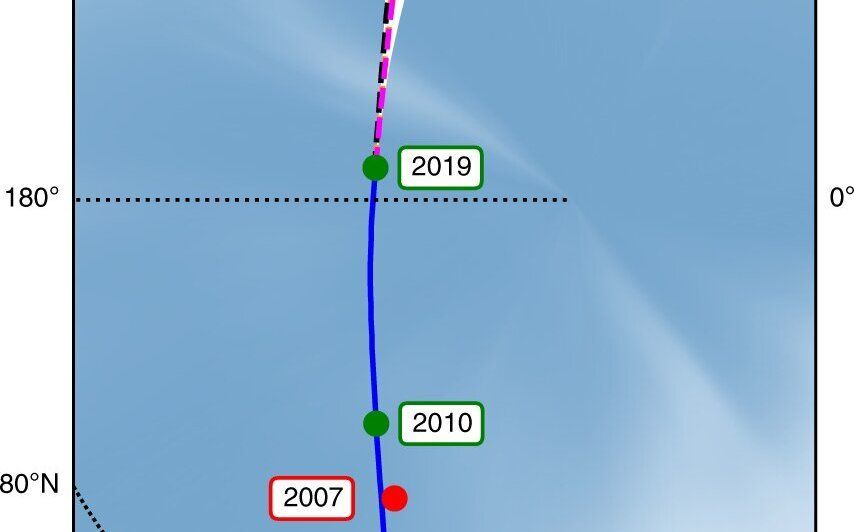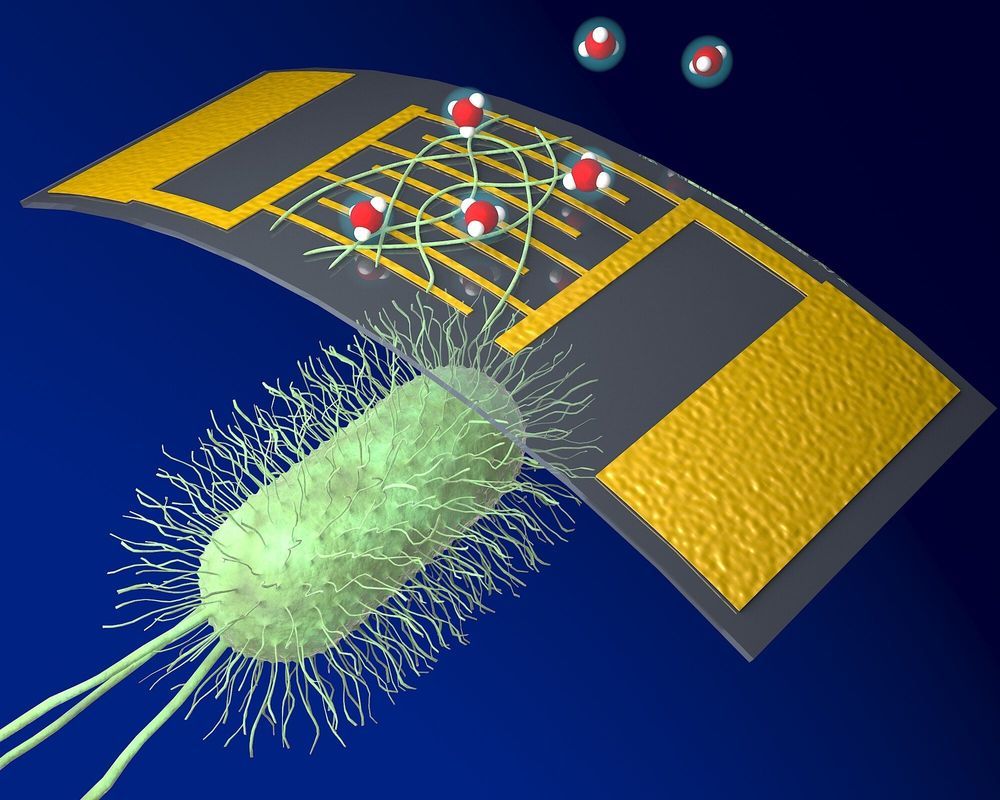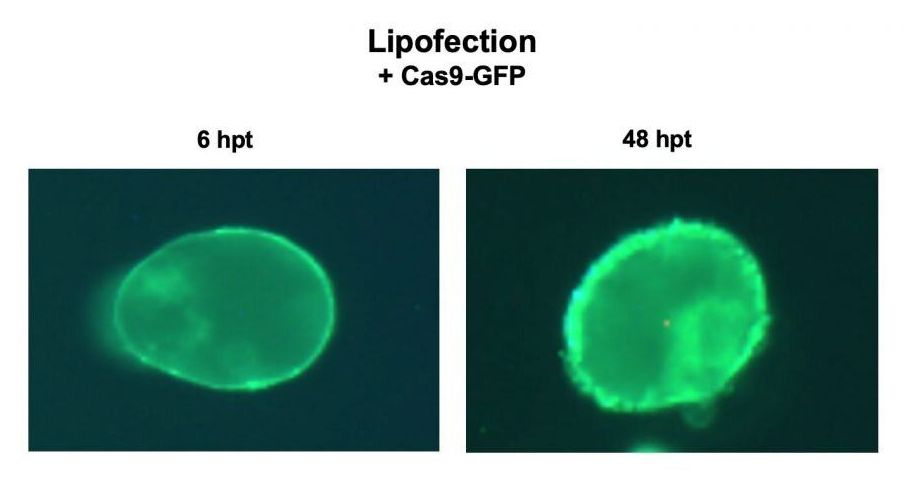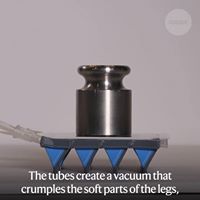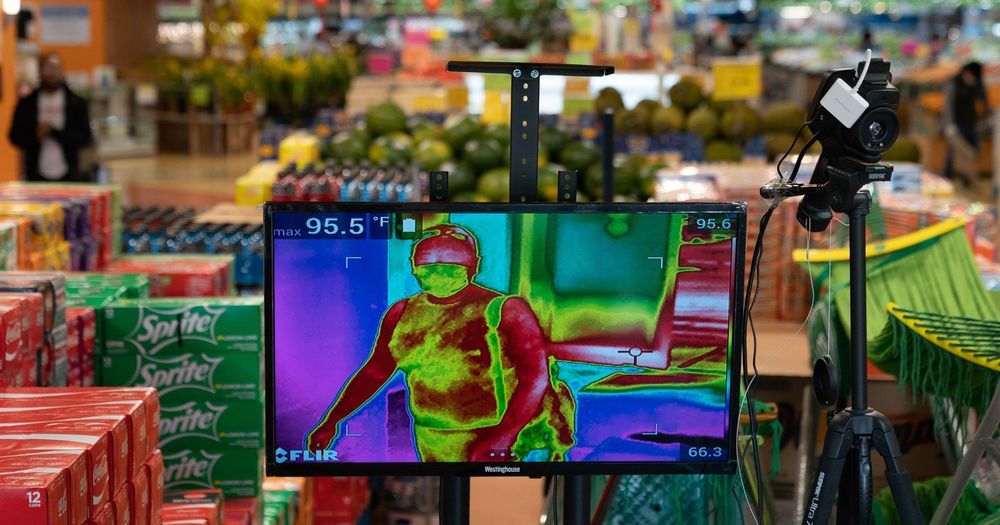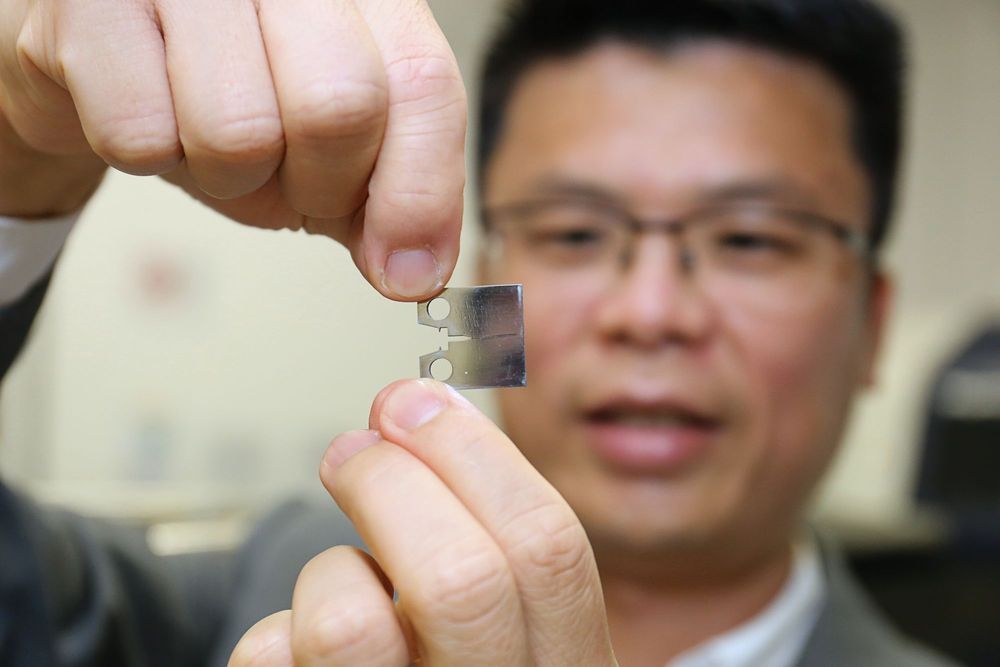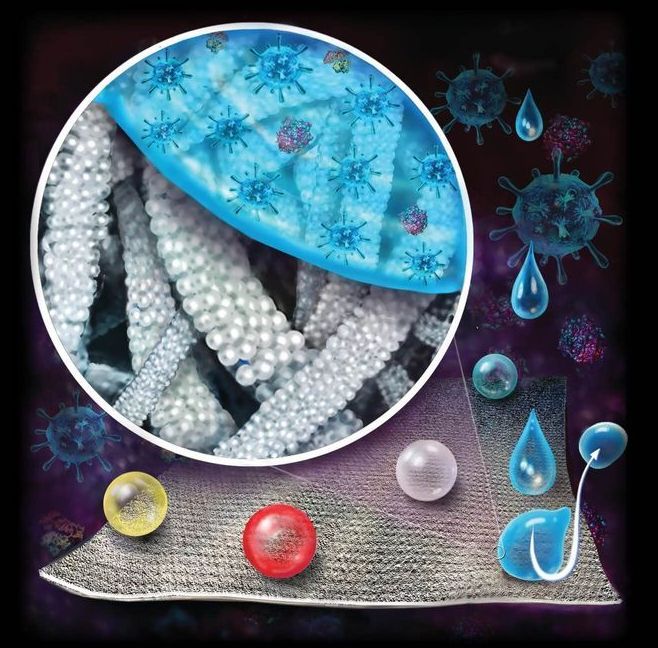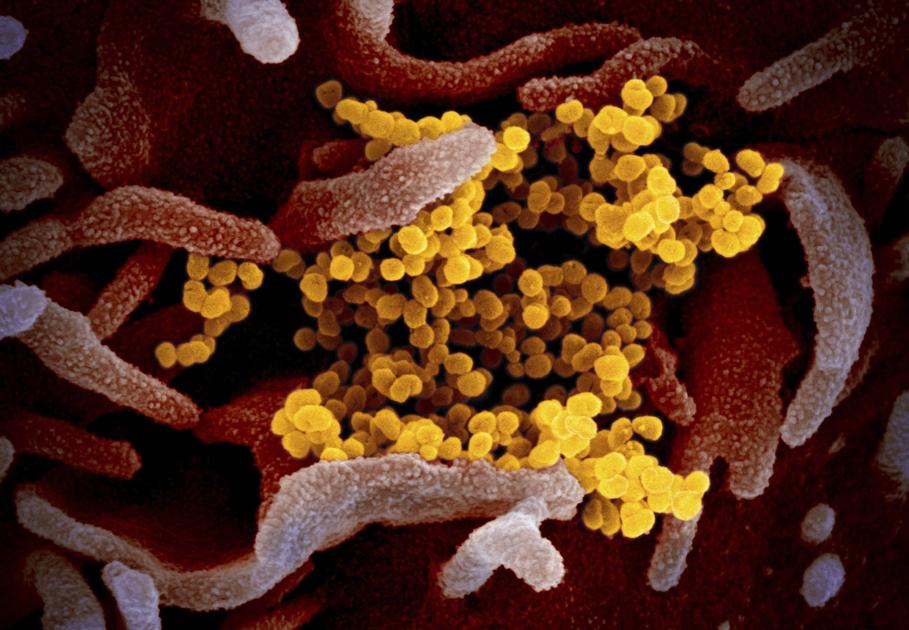May 14, 2020
A possible explanation for the Earth’s North magnetic pole moving toward Russia
Posted by Saúl Morales Rodriguéz in category: mobile phones
A trio of researchers, two with the University of Leeds, the other the Technical University of Denmark, has developed a theory to explain why Earth’s north magnetic pole has been drifting from Canada to Russia. In their paper published in the journal Nature Geoscience, Philip Livermore, Christopher Finlay and Matthew Bayliff describe their theory and what their models based on it showed.
The Earth’s north magnetic pole was first discovered by an explorer named James Clark Ross back in the 1830s. At that time, it was centered over the Nunavut territory in Canada. Since that time, scientists have kept track of its movement, which, until recently, was very slow. But then in the 1990s, it began to pick up speed, moving from Canada toward Siberia in Russia. The movement of the pole has garnered interest in the media because it forces changes to navigational systems and smartphones that use its location as a focal point. In this new effort, the researchers have come up with what they believe is an explanation for the movement of the pole and why it began moving faster.
The researchers suggest that there are two large lobes of negative magnetic flux at the boundary of the core and the mantle. They further suggest that changes in molten metal flow in the core result in changes in the magnetic flux in the lobes. The position of the pole is determined by the strength of the two lobes—when one gains strength, the other loses strength resulting in the pole moving in the stronger direction. The result is a constant tug-of-war between the two lobes. The current movement is therefore due to one of the lobes gaining the upper hand.
